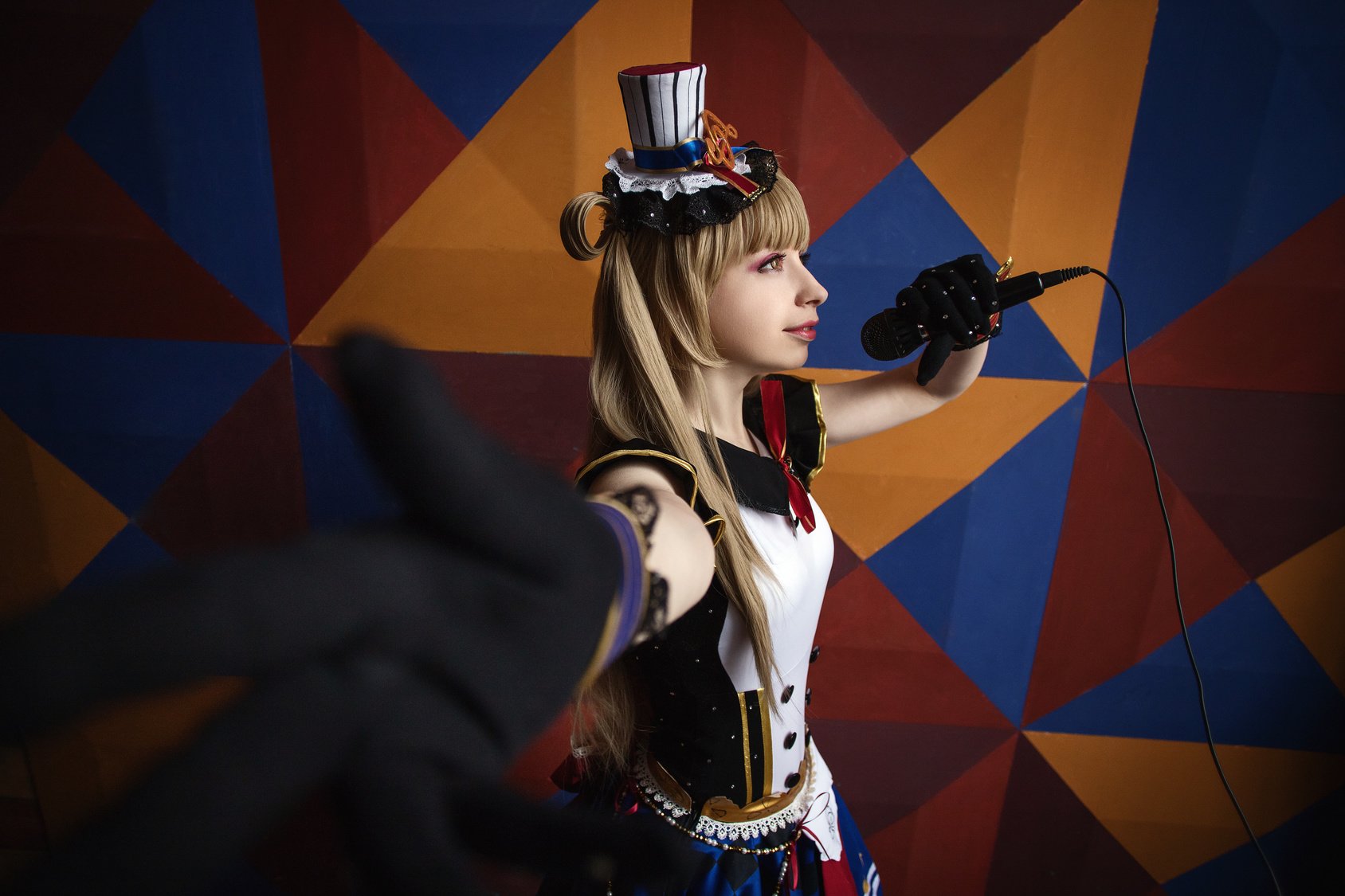Sometimes, the hardest part of the project is just getting started. When it comes to cosplay, there are a lot of decisions and planning involved before you can even start building. The very first decision you need to make is what character you want to cosplay next. While there’s no limit to what characters or costumes you can create, many cosplayers have trouble weighing the pros and cons of cosplaying a well-known character vs. a more niche or low-key character, or even an OC. While you can’t really go wrong with either choice, there are some considerations to make before settling on your next build. In this post, we’ll give you some things to keep in mind while choosing a popular or obscure character to cosplay and hopefully help you make a great decision.
Things to Consider when Cosplaying a Popular, Well-Known Character
- If you choose to cosplay an incredibly well-known character from a popular franchise, like Link or Princess Peach, be aware that you probably won’t be the only one at the convention cosplaying that character. For some people, this is a deal breaker. While there’s no problem with other folks cosplaying that character, they want to choose something more unique. However, others love organizing a character meet-up for a big group photo of all the cosplays together. In this case, it’s really up to your personal preference.

- If you choose a popular character, people may be more likely to nitpick your cosplay, whether in person or online. When you choose a character that people know well, they may expect you to stay incredibly faithful to that character’s design. While gatekeeping can be incredibly irritating, just be aware that you’re more likely to run into criticism from bold folks who know the details of your character’s design well.
- However, if your goal is to cosplay a popular character you love AND stand out from the crowd, your best option might be to but a twist on the character. Here are some ideas for mixing it up: cosplay that character in a different outfit/form, try genderbending or gijinka, add a theme like ‘beach day’ or ‘holiday,’ or completely reimagine the character in an alternate universe. By doing something outside the box with a popular character, you can still create a cosplay that’s incredibly unique.
- While the expectations of others shouldn’t be the driving force behind your cosplay, if you choose a popular character, most people will probably expect you to play the part. There’s slightly more pressure to ‘get into character’ when you’re dressed as someone well-known (and you might be more likely to be stopped on the con floor for pictures). To make the con fun for everyone, indulge a little and let yourself play the part.
Things to Consider when Cosplaying an Obscure or Niche Character
- On a somewhat obvious note, if you choose to cosplay a more obscure character, you’ll have a lot of explaining to do. You will likely have to field questions about who you’re dressed as, what they’re from, and details about their storyline or background. If it would help you, consider preparing an ‘elevator pitch’ so you’re ready to give a quick explainer if someone asks who you’re supposed to be.

- Craftsmanship will really matter if you want people to take notice. Especially if you’re entering a cosplay contest, or if you just want to really show off what you can do, you’ll need to make sure that the quality of your niche cosplay is top-notch. Most creators openly give praise and credit to good cosplay, regardless of whether they know the character or not, so doing your best work will hopefully help you get more recognition for your obscure cosplay.
- Adding props or accessories really helps identify you. Sometimes, having the right prop in your hand will help folks realize who your obscure character is because these items add more context to your cosplay. For example, if you want to cosplay a more minor Harry Potter character, a Hogwarts house scarf or a wand are essential. If you’re cosplaying a tank character from a video game, don’t forget the heavy foam weaponry. Props and accessories help tell the story of your character, so that even if people don’t immediately recognize you, the context can get them halfway there.